Octopuses belong to the class Cephalopoda, a group of marine invertebrates known for their eight arms lined with suckers and possessing the largest brains among invertebrates. But do you know how octopuses reproduce? In this insightful article from EcologíaVerde, we will explore the fascinating reproductive cycle of octopuses, revealing their unique behaviors from courtship to egg laying and offspring development.
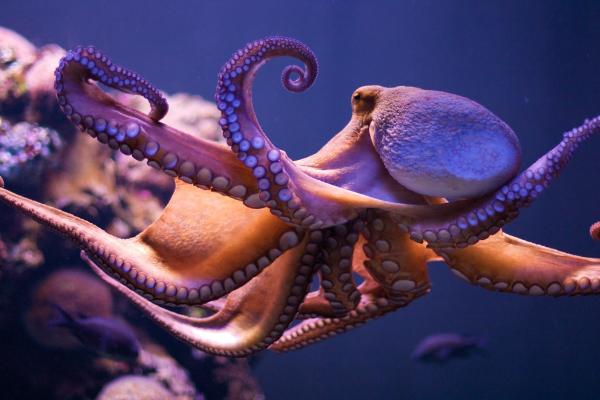
Courtship in Octopuses
Mating Process
Egg Laying
Gestation and Incubation
Characteristics of Octopus Hatchlings
Octopus reproduction begins with a courtship phase where males and females approach each other through swimming, often in intervals of a few seconds. Usually, females initiate contact to start the reproductive process.
During courtship, males commonly display their suckers on the first and second pair of arms to attract females. Some species also spread a membrane between their arms like an umbrella to appear larger and more attractive. For example, the Patagonian red octopus (Enteroctopus megalocyathus) occasionally changes color, while Octopus cyanea dramatically shifts to banded coloration and assumes courting postures.
Since octopuses lack obvious sexual dimorphism, they rely on chemoreception—the recognition of chemical substances—to identify mates. After display, contact is established by touching arms for periods ranging from 5 to 60 seconds, leading to mating.
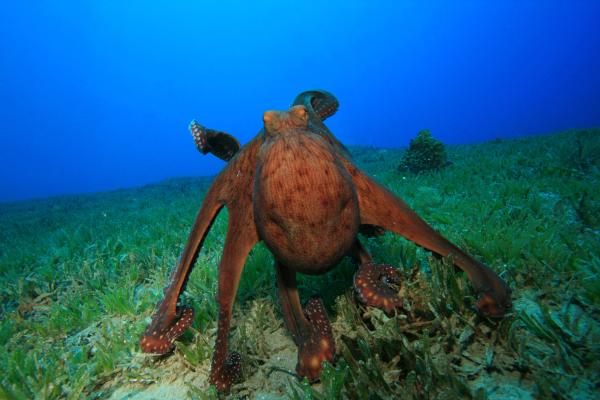
Octopuses are oviparous animals. Males have a single testis where sperm is stored, while females have one ovary. Males transfer spermatophores—packets of sperm—into or near the female’s oviduct to enable fertilization.
Males become sexually mature early and can mate year-round. Females may store sperm even before reaching maturity, fertilizing eggs later when ready.
Deep-sea and benthic octopuses use a specialized arm called the hectocotylus to deliver sperm, sometimes remotely placing spermatophores without direct body contact. Others mate by the male mounting the female and inserting spermatophores.
Mating lasts 30 to 80 minutes depending on the species. In some cases, multiple males inseminate a single female. Most octopuses reproduce only once in their lifetime. Males usually die a few months after mating.
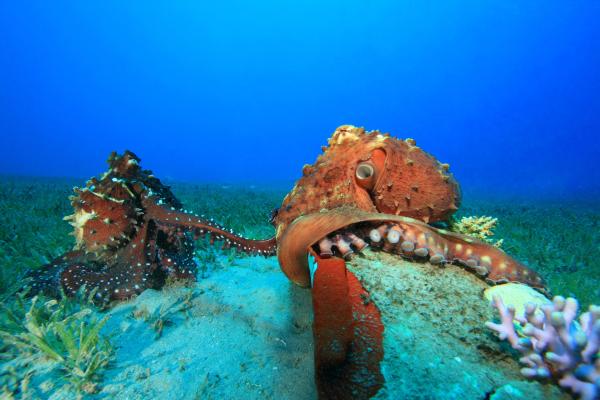
Octopuses lay eggs seasonally, often influenced by water temperature. They migrate from deep waters to shallower rocky substrates or crevices ideal for egg deposition and development.
Eggs may be laid singly or in clusters, attached to substrates or suspended in egg masses. Depending on the species, a female may lay from 25 to 100,000 eggs, sometimes fathered by multiple males.
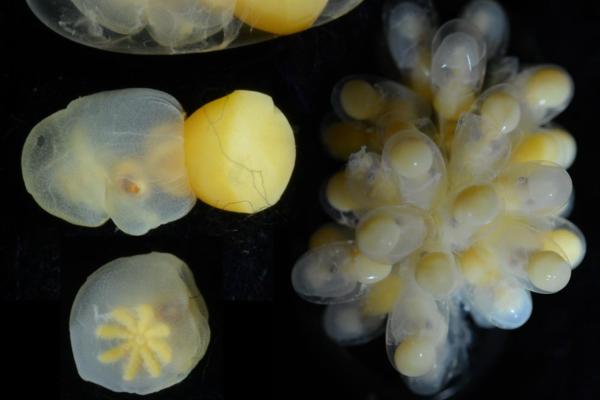
Egg incubation varies from 25 to 125 days, heavily dependent on temperature. Females vigilantly guard the eggs, abstaining from food, cleaning, oxygenating, and protecting them from predators.
This intensive care leads to extreme weight loss, sometimes over 60%, resulting in maternal death after hatching—a form of programmed senescence.
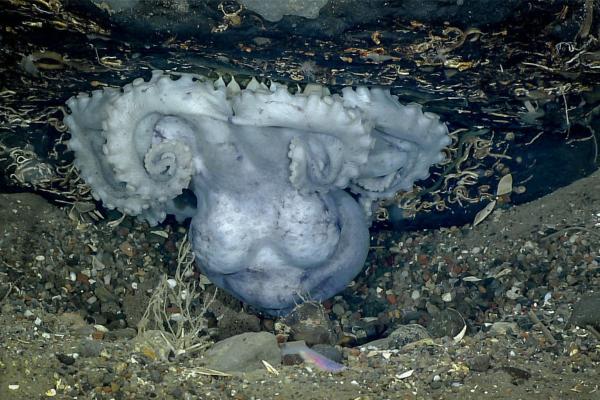
Hatchlings, called paralarvae, are approximately 3 millimeters long and possess three suckers on each arm. They use surface tension to stay suspended in the plankton.
From day one, paralarvae are predators feeding on tiny crustaceans and occasionally detritus. After 30 to 60 days drifting with plankton, they develop into juvenile octopuses and settle on the seafloor.
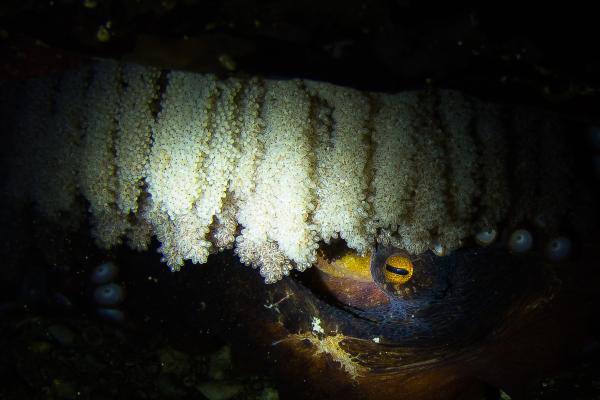
For more information on octopus species and fascinating behaviors, check out our Wild Animals category.
Bibliography
Alejo-Plata, M. D. C., Gómez-Márquez, J. L., Ramos Carrillo, S., & Herrera-Galindo, J. E. (2009). Reproduction, diet, and fishery of the octopus (Octopus) hubbsorum (Mollusca: Cephalopoda) on the coast of Oaxaca, Mexico. Journal of Tropical Biology, 57(1-2), 63-78.
Castellanos Martínez, S. (2008). Reproduction of the octopus Octopus bimaculatus Verrill, 1883 in Bahía de los Ángeles, Baja California, Mexico (Doctoral dissertation, National Polytechnic Institute, Interdisciplinary Center of Marine Sciences).
Gutiérrez, R., Farías, A., Yany, G., & Uriarte, I. (2012). Male-female interactions of the Patagonian red octopus Enteroctopus megalocyathus (Cephalopoda: Octopodidae) during mating behavior. Latin American Journal of Aquatic Research, 40(SPECISSUE), 808-812.
Seixas, P. F. (2009). Biochemical composition and growth of octopus paralarvae (Octopus vulgaris Cuvier, 1797) fed with juvenile Artemia enriched with microalgae and other nutritional supplements. Univ Santiago de Compostela.
animal tags: Octopuses Reproduce
We created this article in conjunction with AI technology, then made sure it was fact-checked and edited by a Animals Top editor.